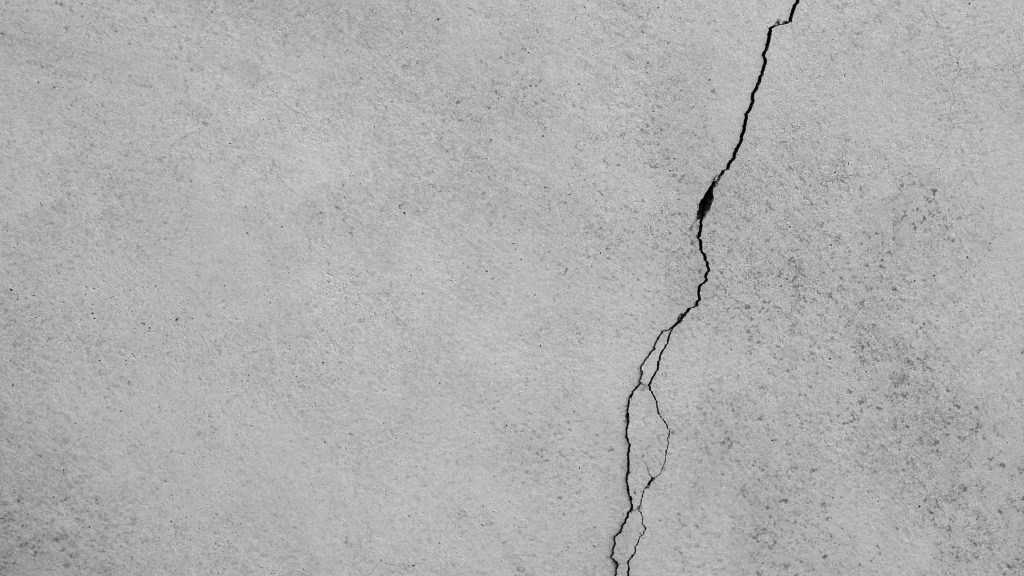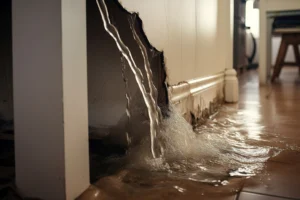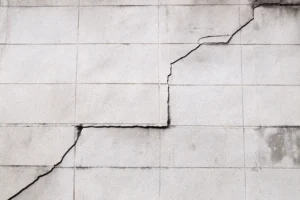
It is important to understand that your house’s foundation serves the purpose of offering structural integrity to your house as a whole. It is the foundation of a house that evenly distributes the weight of the house to the ground, making it a strong structure that is able to support a lot of weight. Compromises to a structure can lead to costly repairs or, in the worst case scenario, they can result in the collapse of the structure itself due to a lack of support. In the event that this does happen, it can cause a great deal of stress for the homeowners, especially if they do not have home insurance protection. In order to protect your investment in your home or business, it is imperative that you address any foundation issues as soon as possible in order to ensure that it is protected. The following is all the information you need to know about foundation heave.
The Foundation Heave – What Is It?
There is a phenomenon known as foundation heave, which describes the rise and displacement of a foundation as a result of saturated, expanding soils, which causes the foundation to be displaced. This condition can usually be attributed to a number of things, such as plumbing leaks, seasonal moisture increases, or subterranean aquifers. Because of this, you will notice that the floor of your house will rise by a significant amount as a result of foundation heave.
What Are The Symptoms of a Foundation Heave?
Concrete Floor Fissures
It is also possible that fractures in the concrete floor can be caused by foundation heave, which can in turn lead to fractures in the concrete. Basically, this phenomenon is caused by the strong pressure exerted by the foundation on the concrete and on the floors of the lounge as a result of the strong pressure exerted on the foundation. There are a number of cracks that you might find outside your doorway, on your porch, or near your garage that you may have to deal with on an ongoing basis. It is possible that there may also be cracks in the interior of your home as a result of the foundation shifting, especially near the front entrance of your house, if the foundation shifting is severe enough.
Wall Cracks
Because your walls stand on top of the foundation, it is important to keep in mind that foundation heave can have a significant impact on your home because your walls sit on top of the foundation. One of the warning signs that you might notice during the initial stages of foundation heave is cracks appearing on the interior walls of your home, which might be a sign of foundation heave. There is a possibility that the external walls of your home will have cracks, but this is a rare occurrence.
Why Does Foundation Heave Occur?
Soil Erosion
It has been found that sand and loam soils are more likely to be affected by soil erosion as a result of global warming. In the event that soil is exposed to water or the wind, it is carried away by the wind, resulting in soil erosion. In an almost identical manner to clay soil’s shrink-swell cycles, soil erosion can also result in foundation tilt in a similar manner to clay soil’s shrink-swell cycles. As a result of soil erosion, the amount of water that seeps into the ground beneath the concrete slabs of your foundation over time can increase due to the amount of water that seeps in.
Soil Shrinks And Swells Repeatedly
When clay soil particles become saturated with water, they expand to a size that is twice or three times their original size, depending on how much moisture they absorb. It is interesting to note, however, that these clay soil particles contract to their usual size as the water evaporates from them. As a result of repeated shrink-swell cycles, soil may suffer severe weakness over time as a result of repeated shrink-swell cycles. There is a possibility that concrete slabs may heave upward if the soil beneath your foundation contains a large amount of water.
What Is The Best Way To Fix A Foundation Heave?
As a matter of fact, fixing a foundation heave is no child’s play at all. It is fortunate, however, that there are professionals (contact us) who can offer a wide range of options to homeowners, depending on their space, budget, and requirements.



